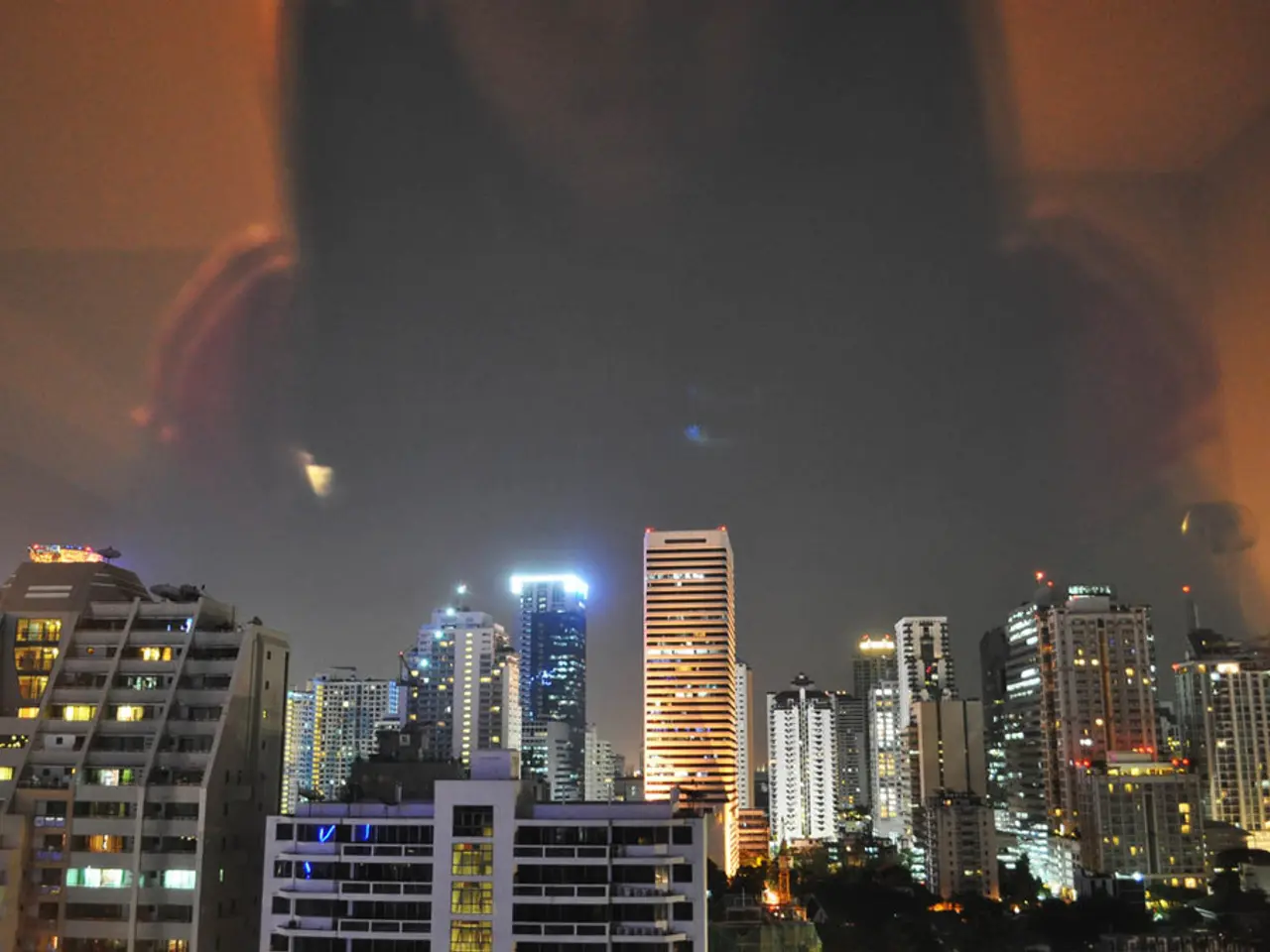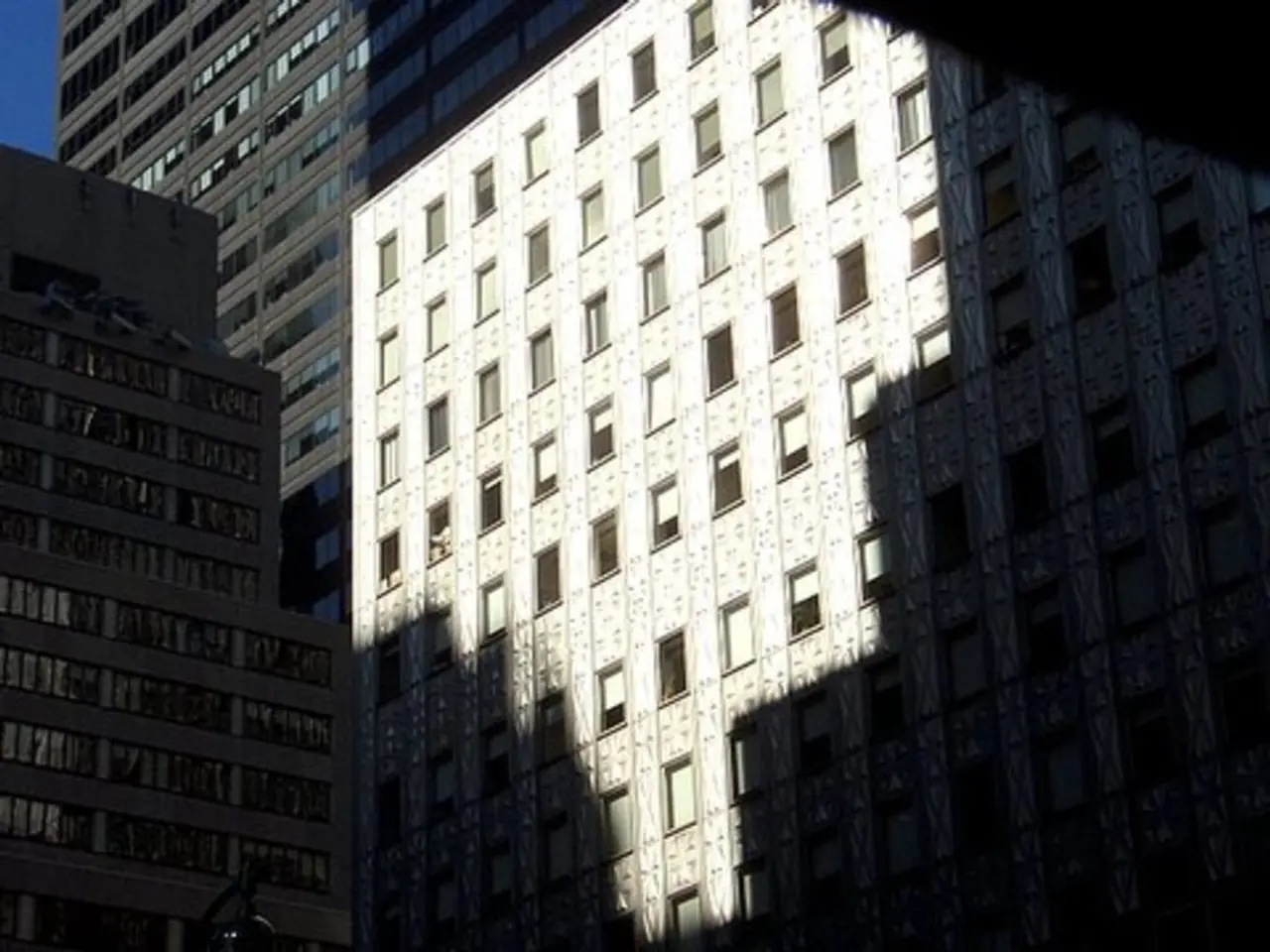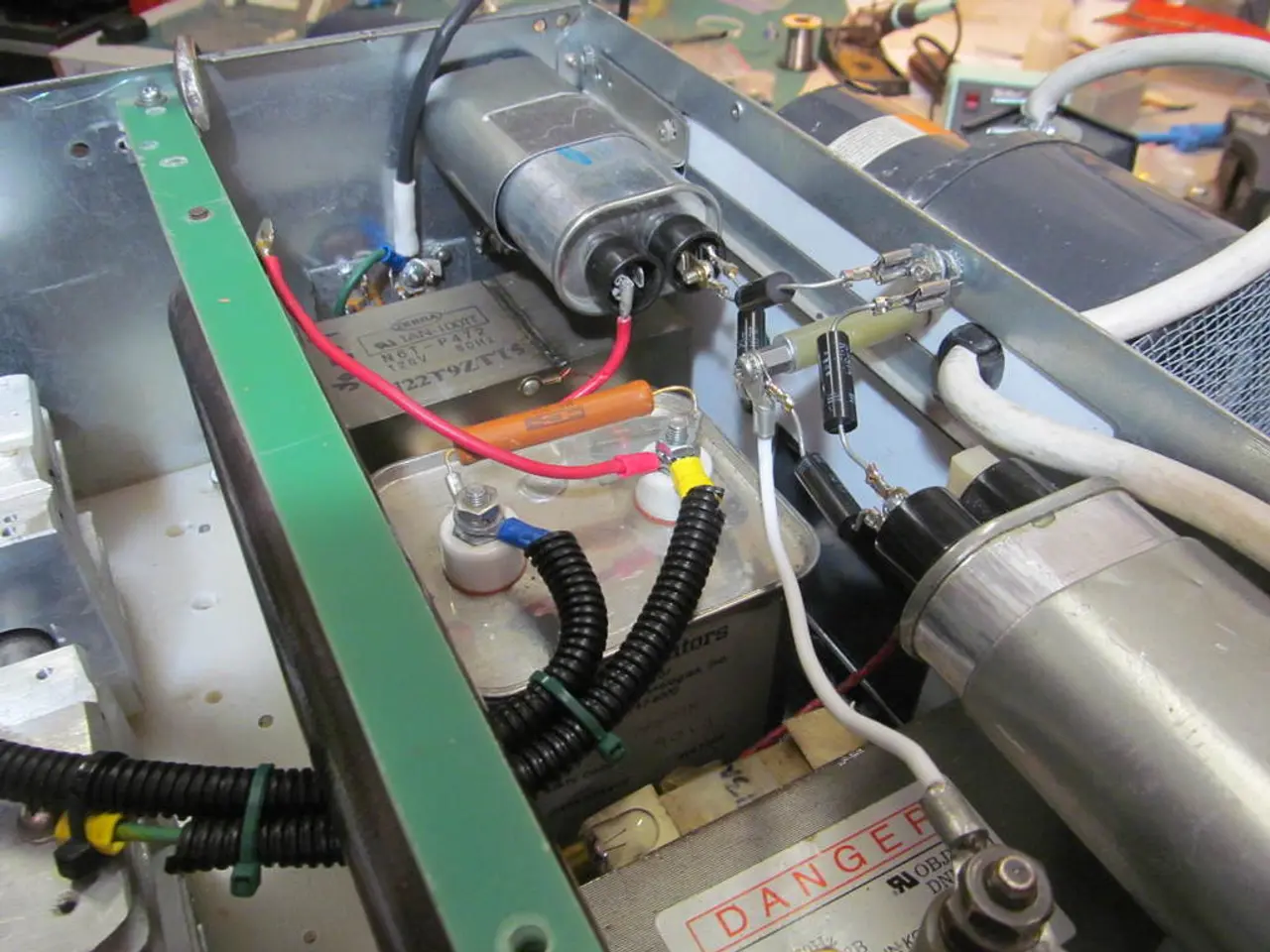Enhanced Energy Savings and Optimal Daylighting through Polycarbonate Skylights
In the modern world, the importance of energy efficiency and sustainable practices is increasingly recognized. One solution that is gaining traction is the use of polycarbonate rooflights, particularly in buildings with flat roofs.
Polycarbonate, a high-performance thermoplastic material, is known for its strength, light weight, and impressive optical properties. It is a versatile material that can be found in various settings, from homes and schools to industrial facilities and offices.
One of the key advantages of polycarbonate rooflights is their ability to flood interior spaces with natural daylight. With a light transmission of up to 90%, these rooflights can significantly reduce the need for artificial lighting during the day, thereby cutting electricity consumption. This natural lighting also enhances comfort and contributes to improved mood, productivity, and physical health.
Moreover, polycarbonate rooflights are available in various designs, including domes, pyramids, flat-panel systems, opening (vented) rooflights, and modular systems. They are designed to capture and diffuse natural light from above, preventing harsh glare while maintaining consistent illumination throughout the day.
In terms of energy efficiency, polycarbonate rooflights offer excellent thermal insulation. Multi-wall polycarbonate panels, for instance, trap air between sheets, acting as a thermal barrier and reducing heat transfer. These panels have R-values up to 4, significantly reducing heat loss and aiding in maintaining indoor temperatures.
The material also provides solar control, helping to manage heat gain and loss for better energy efficiency. Polycarbonate's UV-stabilized layers prevent yellowing and maintain clarity over time, ensuring sustained daylighting performance.
Compared to traditional glass, polycarbonate is up to 200 times more impact-resistant, making it an excellent choice for rooftops exposed to harsh weather or potential debris. Additionally, many polycarbonate rooflights come with low U-values, offering excellent insulation and helping keep indoor temperatures more stable, translating to less reliance on heating or cooling systems and lower energy bills.
The shift towards daylight-centric design is not just a trend but becoming the standard for commercial and residential buildings. This is especially true for flat roof installations, where heat gain or loss through the roof can be more significant due to exposure and positioning.
In schools and colleges, polycarbonate rooflights can enhance classrooms with glare-free daylight, improving learning environments. In offices, they can support employee well-being and productivity with bright, airy workspaces. In industrial facilities, they can reduce operational costs through daylight harvesting. Even in retail stores, they can create attractive, naturally lit shopping environments.
In homes and extensions, polycarbonate rooflights can bring light into bathrooms, kitchens, and hallways without sacrificing privacy. They are also designed specifically for flat roofs, offering excellent levels of diffused daylight, minimal thermal loss, and impact resistance.
In conclusion, the use of polycarbonate rooflights is a promising solution for energy-efficient natural lighting in buildings with flat roofs. Their versatility in design, function, and energy savings make them an attractive choice for architects, builders, and homeowners seeking to create sustainable, comfortable, and cost-effective spaces.
[1] [Referenced Source] [3] [Referenced Source]
- In homes and schools, the utilization of polycarbonate rooflights extends beyond structural integrity, as they also contribute to education and lifestyle, providing glare-free daylight that can improve learning environments and enhance comfort and mood, boosting productivity and physical health.
- In the realm of home-and-garden and technology, the implementation of polycarbonate rooflights offers more than just a visible change; they provide sustainable energy savings through reduced electricity consumption for lighting, improved thermal insulation, and solar control, contributing to a greener lifestyle and reduced energy bills.




